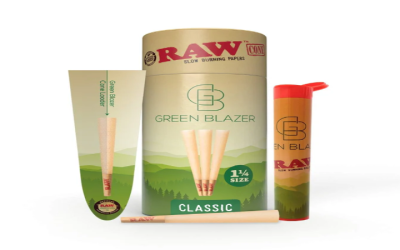In the continually changing landscape of modern industries, safety and cleanliness are top priorities. With an increasing requirement to protect workers and prevent contamination, many sectors rely on specialized clothes to maintain a safe working environment. One of the most important advances in protective clothing is disposable protective apparel, which acts as a necessary barrier between workers and harmful materials. Various industries such as healthcare, manufacturing, food processing, and pharmaceuticals utilize this protective clothing.
The Rising Need for Protective Garments in Hazardous Work Environments
The growing number of hazardous working situations, combined with a worldwide emphasis on workplace safety, has resulted in a surge in demand for disposable protective apparel. These clothes are intended to protect people from dangerous substances such as chemicals, biological agents, dust, and airborne particles, which are common in industrial and hospital settings. The gear acts as a trustworthy shield, protecting workers from coming into close touch with these hazards. Furthermore, companies that work in sterile conditions, such as hospitals and laboratories, have a higher demand for hygiene, making disposable protective clothing even more important.
Unlike reusable protective clothing, disposable garments have the advantage of being single-use, reducing the danger of cross-contamination. Once utilized, these garments can be properly destroyed, preventing dangerous substances from remaining on the clothing and contaminating other locations. This is especially crucial in high-risk areas because even minor contamination can result in catastrophic health consequences or impaired product integrity. Disposable gear is a crucial component in sectors that value health, safety, and cleanliness because of its simplicity and efficiency.
Applications in Various Industries
Disposable protective clothing has a wide range of uses, many of which benefit from its protective and hygienic properties. Disposable gowns, gloves, masks, and shoe covers are commonly used by healthcare practitioners to avoid the transmission of infectious diseases. During surgeries or when handling hazardous materials, these garments operate as a barrier between medical personnel and patients, dramatically lowering the incidence of hospital-acquired infections.
Hygiene is crucial in pharmaceutical manufacturing to ensure product integrity. Disposable protective gear is used to create cleanroom settings where contamination can compromise the purity of drugs or medical devices. These garments, which comprise coveralls, gloves, and head covers, prevent workers from introducing foreign particles into sensitive production locations.
The Practical and Economic Benefits of Single-Use Protective Gear
The fundamental advantage of utilizing disposable protective equipment is its ease and efficacy. Because the apparel is intended to be used only once, time-consuming washing and disinfection processes are unnecessary. Disposable clothing is an effective solution in situations when speed and efficiency are critical. Workers can change into clean, uncontaminated clothing at the start of each shift, lowering their chance of exposure to hazardous substances.
Another significant advantage of disposable clothes is their cost-effectiveness. High-quality reusable clothing may initially cost more, but disposable options prove to be more cost-effective over time, especially in professions that require frequent replacement of protective wear. This is especially true in areas such as healthcare and food manufacturing, where sanitation and safety are paramount.


